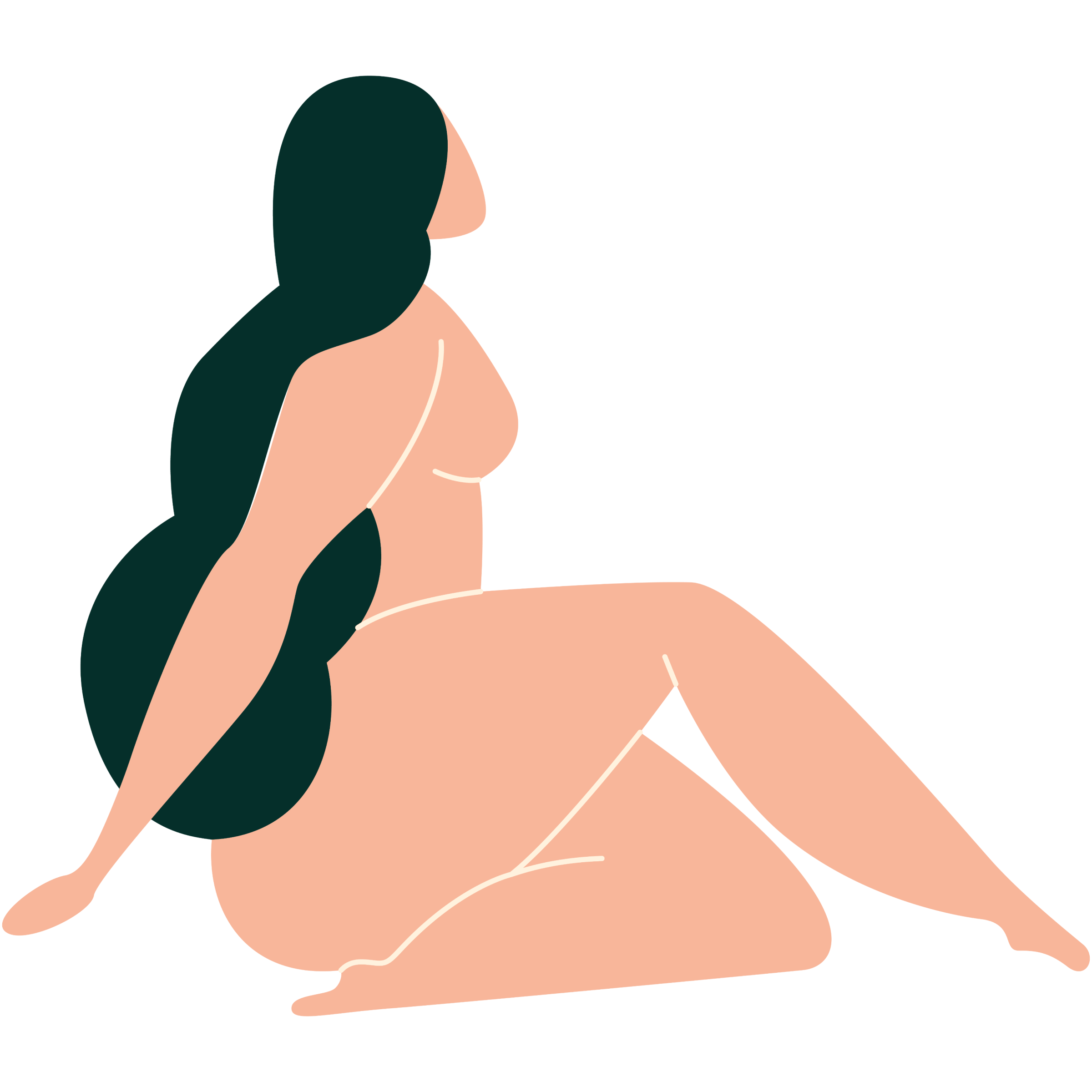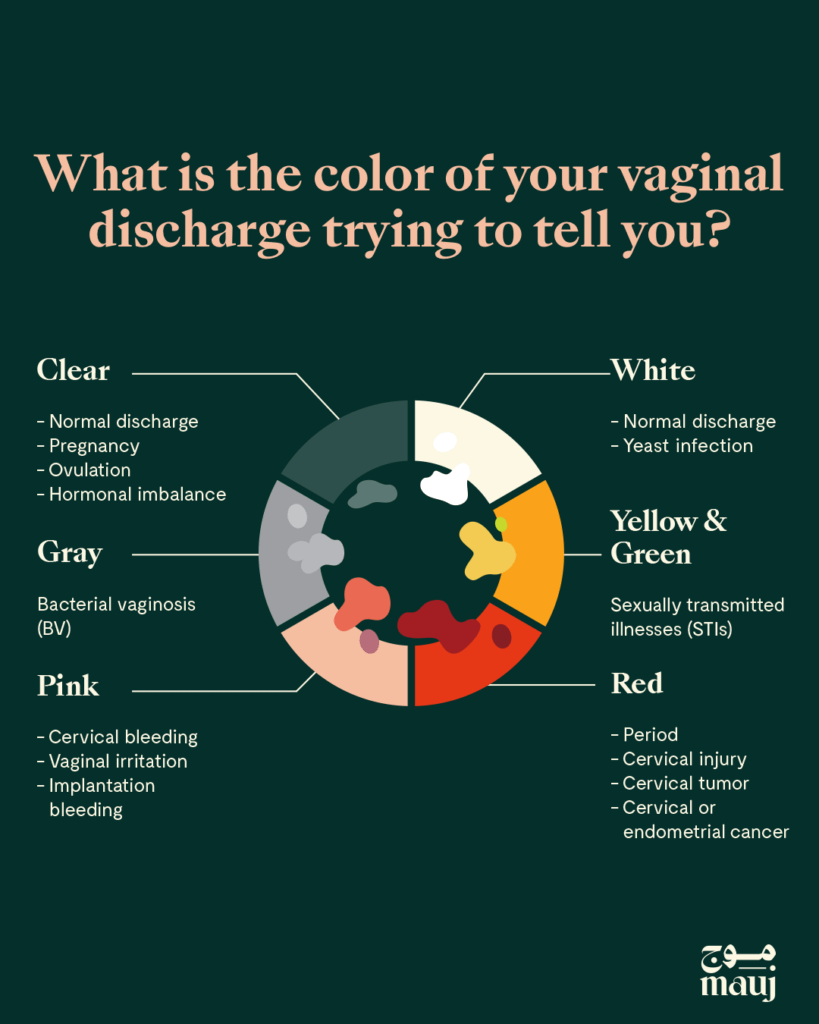
Body
Get to know your body through a better understanding of your anatomy and find the answers to some of your most common questions.

In many Arab families, young women are often discouraged from talking about their sexual or reproductive health or visiting a gynecologist before marriage. There's a prevailing belief that women should only start to think about their sexual or reproductive health after marriage. Families might also be concerned that a gynecological visit could be misinterpreted by others as an indication of sexual activity, or they simply don’t know how important it is for women to take care of their health early on.
These attitudes create barriers that make it hard for young women to get the medical attention they need when they face an issue.
We believe that every woman deserves to have the knowledge and support to take charge of her health, no matter her marital status, which is why we’ve put this guide together to help you understand the most common types of vaginal infections and when to seek medical help.
But remember, this guide is only the starting point and your journey to managing your health shouldn’t end here. Use it as a tool to deepen your understanding of what's happening inside your body. Continue seeking credible information from reliable sources and talk to other women to explore alternative methods to communicate with and get guidance from gynecological professionals.
Causes
Yeast infections are caused by an overgrowth of a fungus called Candida, often triggered by antibiotics, a high sugar diet in diabetic women, or hormonal changes.
Symptoms
Symptoms include intense itching, thick white discharge resembling cottage cheese, and a burning sensation during urination or sex.
Treatment
Yeast infections are treated by over-the-counter (OTC) antifungal medications. A doctor’s prescription is needed if your symptoms don’t improve or if you have recurrent infections.
Read more about yeast infections here.
Causes
BV is caused by an imbalance of the natural bacteria in the vagina. It is often linked to a new sexual partner but can occur even if you’re not sexually active.
Symptoms
Symptoms include thin, grayish-white discharge with a fishy odor, especially after sex.
Treatment
No OTC medications are available to treat BV. Never use douches or products designed for yeast infections, as they may make your symptoms worse. Doctors prescribe antibiotics that you can take according to specific instructions.
Causes
This is a common but curable sexually transmitted infection caused by a parasite called Trichomonas Vaginalis.
Symptoms
Symptoms include frothy, greenish-yellow discharge, strong odor, itching, and discomfort during urination or sex.
Treatment
A doctor will prescribe antibiotics to eliminate the parasite. Without treatment, it can persist for months or years and won't go away on its own. You can transmit the infection to sexual partners, so it's essential that all partners are treated to prevent reinfection.

It’s important to recognize when professional medical attention is absolutely necessary. If visiting a gynecologist is not an option for you, consider seeking help from a trusted general practitioner. Here are some signs you should never ignore.
Sign 1: Symptoms persist for more than a week.
Sign 2: You experience severe pain or fever.
Sign 3: There is blood in your discharge.
Sign 4: You experience frequent and recurrent infections.
Sign 5: You notice swelling or redness in your vulva or vagina.
Your health is both your right and your responsibility. Learning about vaginal health and sharing what you learn with those you trust helps break down societal stigmas and creates a supportive environment where everyone feels more comfortable discussing and addressing their health concerns without fear or shame.
Disclaimer:
This article is for informational purposes only and does not constitute medical advice. If you suspect you have a vaginal infection or any other medical condition, please consult a gynecologist or a qualified healthcare professional for an accurate diagnosis and appropriate treatment.
Did you find the answer you were looking for? Is there something we missed? What did you think of this resource? We want to hear from you.
